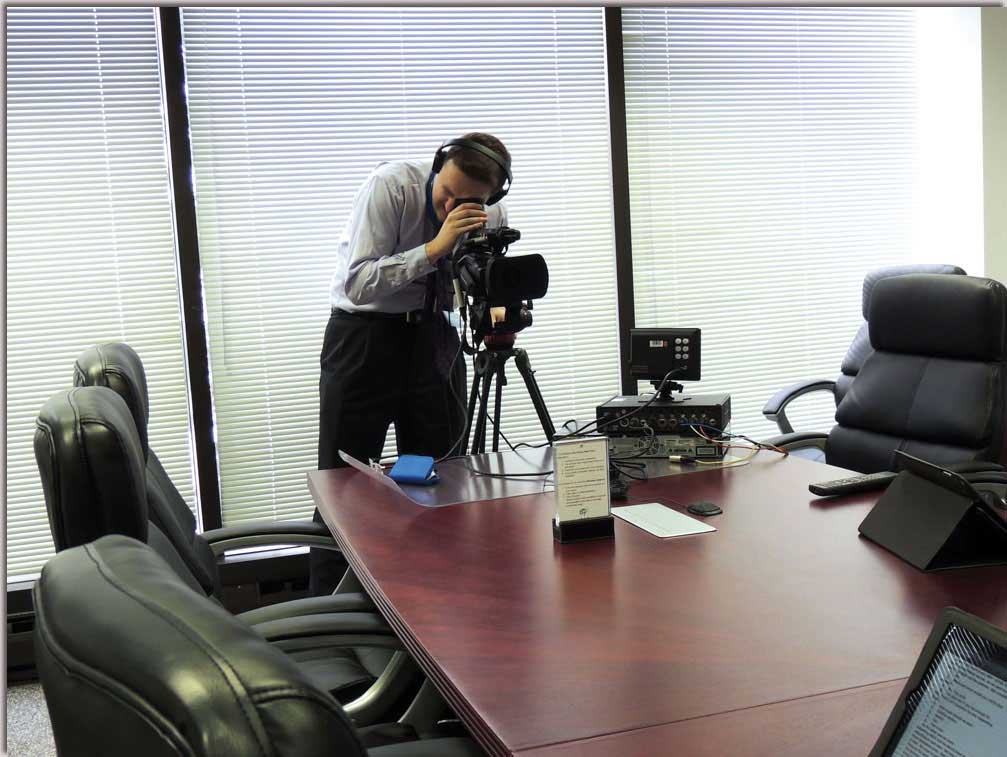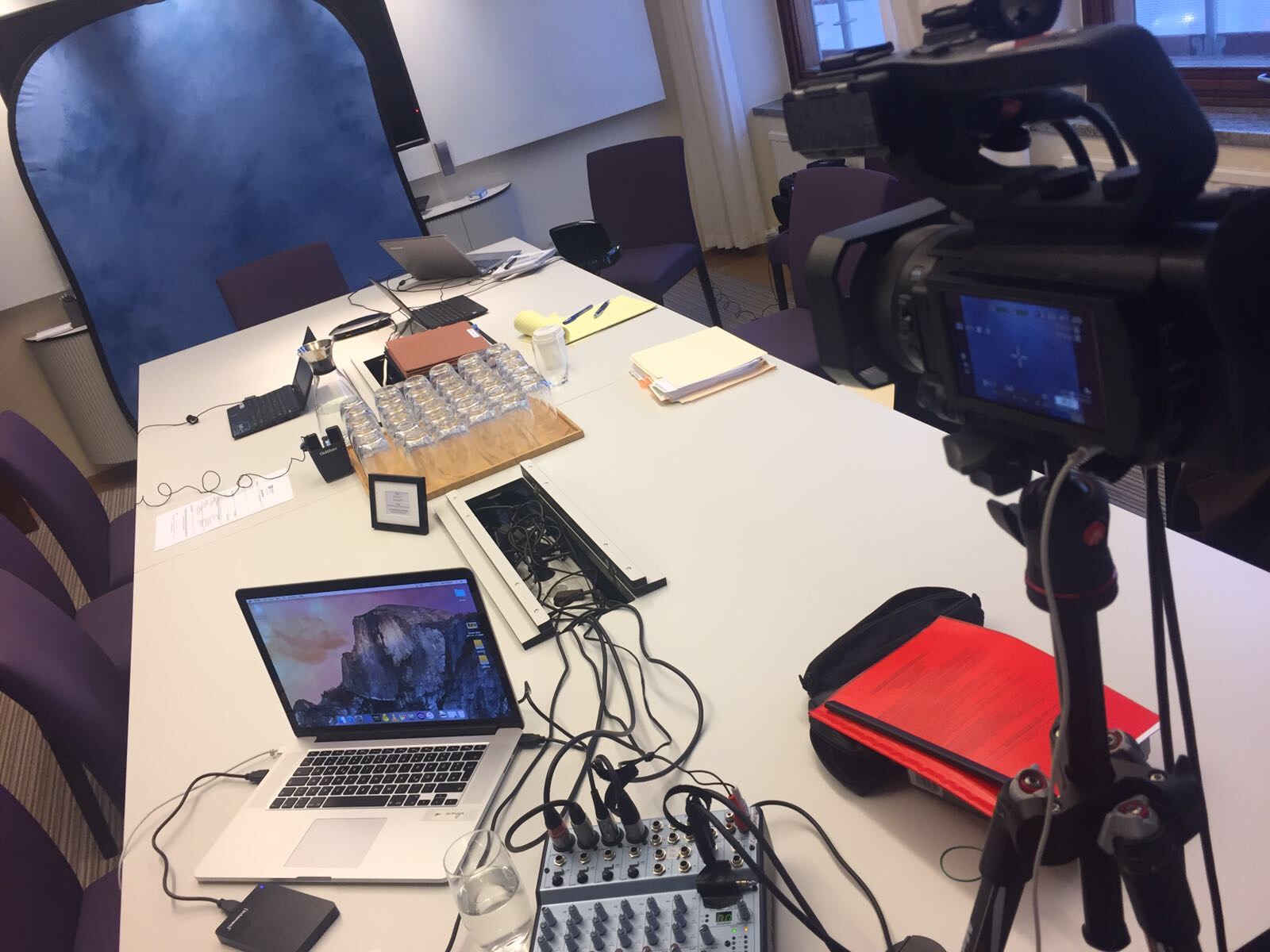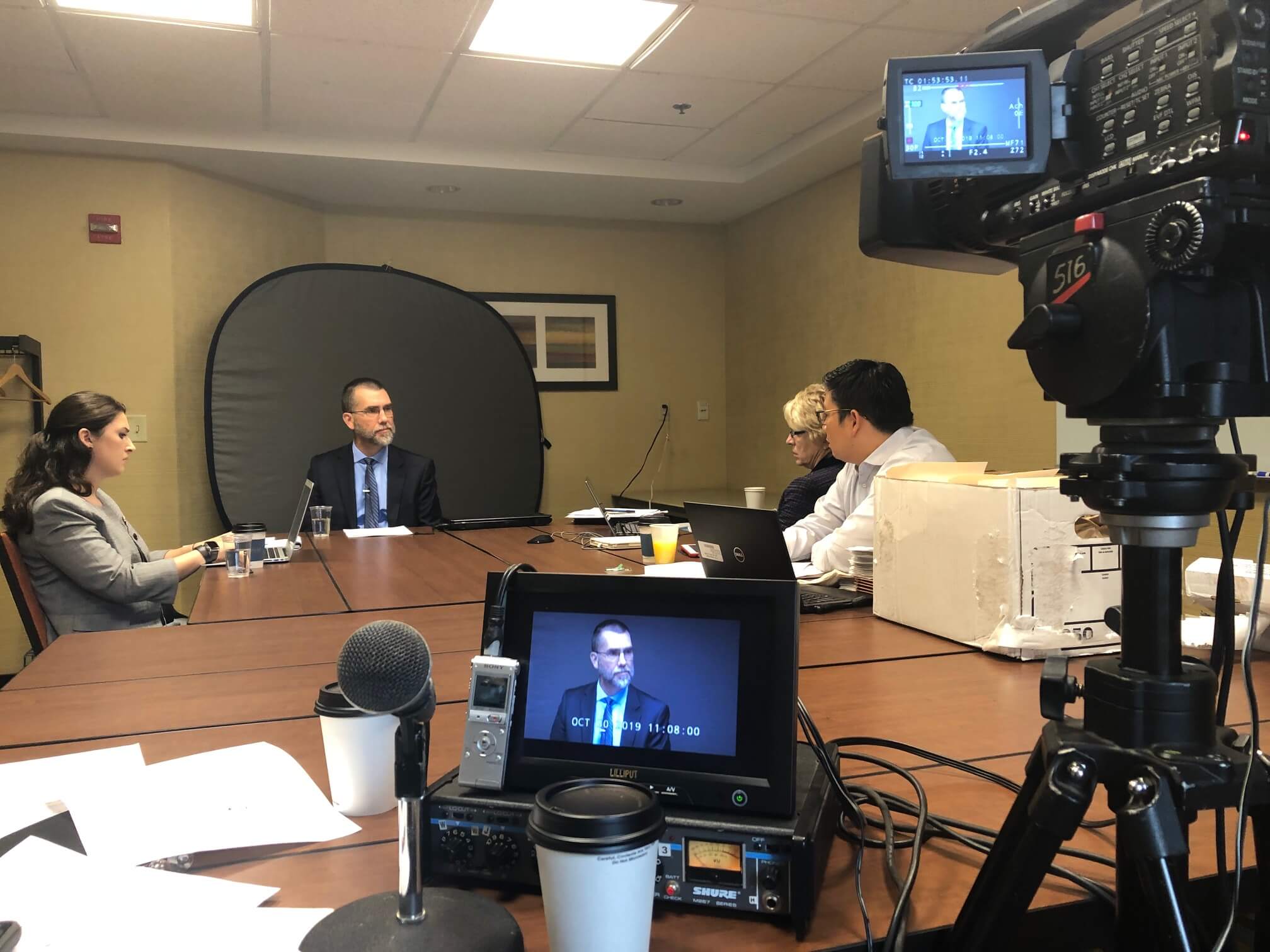Legal Videography: Changing the Means Proof is Caught and Provided
Legal Videography: Changing the Means Proof is Caught and Provided
Blog Article
Diving Into the Devices of Legal Videography: Introduction Its Procedure in Safeguarding Genuine Aesthetic Testament for Judicial Proceedings
In the realm of judicial procedures, the function of legal videography stands as a keystone in preserving and presenting aesthetic proof. As innovation remains to development, the devices behind legal videography have come to be progressively intricate, using an important layer of authenticity to testimonies captured on video clip. By diving into the operational intricacies of lawful videography, one can discover the precise processes that guard the honesty of visual proof provided in courtrooms - Legal Videography. This exploration not only clarifies the historic advancement of legal videography yet additionally hints at the future fads that may even more change how visual testimonies are maintained in the realm of justice.
Historic Advancement of Lawful Videography
Taking a look at the historical development of lawful videography reveals a considerable change in the recording and presentation of visual proof within the lawful landscape. In the past, legal procedures greatly relied on composed pictures and transcripts to record events and provide proof. However, with the advent of video modern technology, the legal market witnessed a paradigm shift in exactly how aesthetic statement was recorded and presented.
The advancement of legal videography can be mapped back to the late 20th century when developments in video recording tools made it more available for use in courts. This technical development not only improved the precision and reliability of aesthetic evidence however likewise reinvented the means cases were presented to courts and juries (Legal Videography). Lawyers started to identify the persuasive power of video clip recordings in communicating emotions, nuances, and non-verbal cues that composed photos or transcripts alone could not capture efficiently

Modern Technology Advancements in Video Documentation
What crucial technological innovations have changed video documentation in the lawful field? The lawful field has actually seen considerable developments in video clip documentation modern technology that have enhanced the credibility and reliability of aesthetic proof in judicial procedures.
Moreover, improvements in video file encryption and watermarking technologies have actually reinforced the protection and tamper-proof nature of video proof, safeguarding it versus unapproved alterations or meddling. Furthermore, the arrival of cloud storage space options and remote access abilities has streamlined the storage, access, and sharing of video clip evidence, promoting seamless partnership amongst lawyers and guaranteeing effective accessibility to crucial visual statements when required. These technological innovations in video clip documents have actually certainly changed the legal field, enhancing the accuracy, trustworthiness, and admissibility of aesthetic proof in judicial process.
Duty of Lawful Videographers in Court Room Setups
The advancement of video clip paperwork modern technology in the lawful area has demanded a crucial role for legal videographers in court room settings, ensuring the honesty and dependability of visual testimonies offered throughout judicial process. Lawful videographers play an essential role in recording and protecting precise aesthetic evidence that can be crucial in lawsuit. Their responsibility reaches establishing up devices, recording procedures, and producing top notch videos that accurately mirror the events in the court room.
Additionally, legal videographers frequently work closely with legal teams to make sure that the video evidence lines up with the situation's demands and can be properly provided in court to sustain the legal debates being made. On the whole, the function of lawful videographers in courtroom settings is essential in supporting the concepts of justice and ensuring the transparency of legal proceedings. Legal Videography.

Ensuring Admissibility and Stability of Video Clip Evidence
To keep the reputation of visual proof offered in legal procedures, ensuring the admissibility and integrity of video evidence is an essential responsibility for legal videographers. Admissibility refers to Going Here the approval of proof by the court, and for video clip proof to be permissible, it should satisfy particular standards. Legal videographers play a critical role in guaranteeing that the videos they catch follow the rules of evidence, such as significance, credibility, and integrity.
Integrity of video evidence involves maintaining the originality and precision of the footage from the time it is taped up until it exists in court. This includes securely saving the video clip data, documenting the chain of custodianship, and protecting against any kind of meddling or modifications. Legal videographers have to comply with rigorous methods to ensure the stability of the video proof and prevent any kind of obstacles to its authenticity.
Future Trends in Legal Videography
Given the raising dependence on modern technology in lawful process, lawful videographers are positioned to accept ingenious developments forming the future of aesthetic statement capture and presentation. One of the popular fads imminent is the combination of virtual truth (VIRTUAL REALITY) and increased truth (AR) technologies into lawful videography. These technologies have the possible to transform just how aesthetic evidence exists in courtrooms, allowing juries and judges to immerse themselves in the scene of the criminal offense or case.
Furthermore, using expert system (AI) formulas for video analysis is expected to enhance the process of examining and examining big amounts see post of video footage. AI can help in identifying crucial minutes, abnormalities, and patterns within video clips, improving the efficiency of lawful investigations.

Final Thought
In conclusion, legal videography has actually played a vital role in supplying genuine visual proof for judicial proceedings. Via technological improvements and the experience of legal videographers, the honesty and admissibility of video clip evidence are ensured in court room settings. As legal videography proceeds to progress, it will certainly be important to copyright requirements that keep the precision and dependability of aesthetic testimony for the future of lawful proceedings.
Checking out the historic development of legal videography discloses a significant improvement in the recording and discussion of visual proof within the lawful landscape.The advancement of video clip paperwork modern technology in the legal field has actually necessitated an important duty for lawful videographers in courtroom settings, ensuring the stability and dependability of visual testaments provided during judicial procedures. In addition, lawful videographers usually function closely with lawful article teams to guarantee that the video proof straightens with the case's requirements and can be properly presented in court to support the lawful debates being made.To keep the credibility of visual proof provided in lawful proceedings, making certain the admissibility and honesty of video proof is an important duty for legal videographers. As lawful videography continues to progress, it will certainly be necessary to promote requirements that preserve the precision and dependability of aesthetic statement for the future of legal process.
Report this page